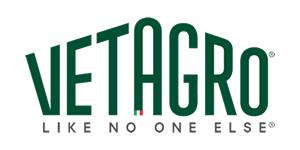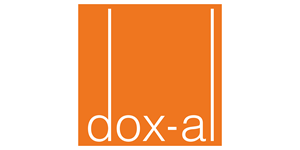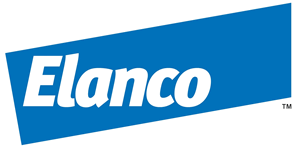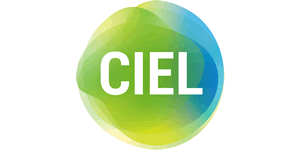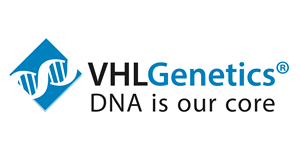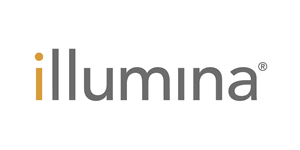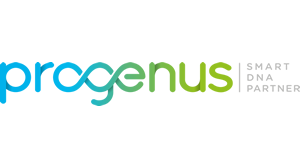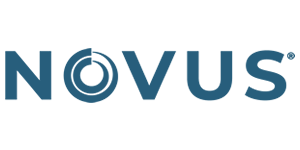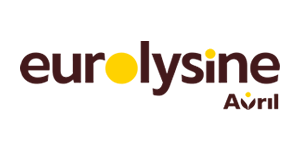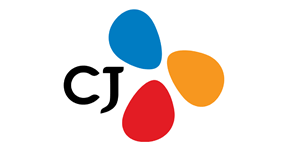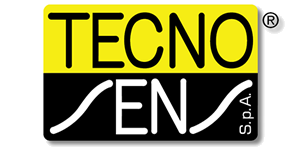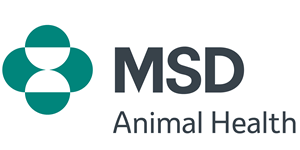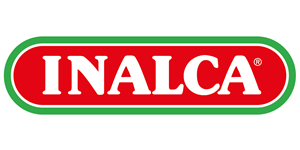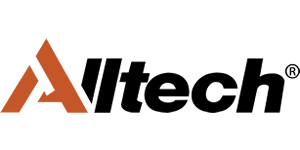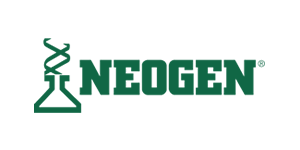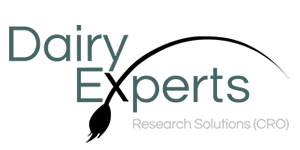EAAP infrastructure
1. Closer links between EAAP and the country members to EAAP. Report from Council meeting to be sent to the country representatives, and regularly send documents to country representatives after annual meetings and asking for feedback and comments. The EAAP “Ways and Means” Committee will think about ways to strengthen these relations. Possible are e.g. one or two virtual meetings outside the annual conference. This may come along with Council reorganization.
2. Communications with Members. Ensure that the country representatives are aware that they are the connection point for their own country with the European animal scientists’ group. We should ask, on a regular basis, for information from country representatives to include in the Newsletter and other EAAP media tools. For this purpose, a new section in the Newsletter must be created. It should become a routine procedure. Responsibilities should be named for every country.
3. The Council composition should be reorganized. An ad hoc group should be formed to consider a more-balanced geographic representation of country members, in view of the changes in the countries’ composition in the last decade, particularly concerning Mediterranean, Central and Eastern European countries. Country members should be encouraged to also consider balance for gender, age, origin, science vs. industry, when they propose candidate Council members. The president of Young Scientists should be included as member of the Council during their mandate.
4. New Scientific Structure. A specific group must be created to propose in the most appropriate time a new scientific structure. Suggestions to consider for the above group are to include aspects such as processing animal products, poultry science (in
collaboration with WPSA and its European branch) and companion animals as new Study Commissions. Besides, due to their increasing relevance in the recent Green Deal, environment and organic farming should be given more attention by all the Commissions, in collaboration with relevant institutions. New Commissions must be created without substantially increasing the office and finance investments and number of parallel sessions at the Annual Meeting, but with a differentiation of allocated resources to each commission. Different resources will be provided to each Study Commission (for instance, number of sessions in the annual meeting or funds for invited speakers), depending on the importance of the discipline and on the number of interested scientists
5. Working groups. The current policy on target members and neighbouring countries (for the “geographic working groups”) should be redesigned, keeping the focus on Europe
6. Provide sessions of interest for young scientists. Develop a system to get information regarding age of participants at conference and session level to identify the sessions that attract young scientists most and consequently focus on those sessions for future meetings. Motivate young scientists to attend Commission meetings and suggest session topics
7. Disseminate the importance of EAAP for young scientists. Send information regarding EAAP and “Young EAAP” before the conference starts. There should be information about sessions, events and opportunities for young scientists
8. Provide specific services to young scientists. i) Increase the number of young scientist activities during the annual conference, like renew the workshop for scientific writing; workshops about funding; career planning; speed dating with representatives of academia
and industry. b) Offer on-site courses and webinars, in cooperation with Study Commissions and with selected institutes. c) Offer opportunities to industries and institutes to look for candidates for open positions, through the Newsletter and homepage, and in the face-to-face meetings during EAAP Annual Meetings
9. Organize a Young Scientists’ competition for all Study Commissions. To attract more young scientists to the annual meeting it is suggested to organize a Young Scientists’ competition for every Study Commission, in the most suitable way. For that purpose, more sponsors from industry must be attracted to support their participation with industry grants (like the NOVUS agreement)
10. Organize support for non-European young scientists. Organize support for African, LatinAmerican and Asian regions through fostering cooperation from European members and through supporting European – Third Countries PhD student partnerships, with privileged access to EAAP services
11. Improve working relationship between Office, Council and Study Commissions. A common IT platform must be created to allow for efficient communications, which will facilitate better participation in EAAP activities by the many volunteers that make EAAP the successful organization that it is.
12. Follow-up on the strategic plan. A measurable list of targets must be prepared to measure the implementation of the Strategic Plan objectives. The system will be a tool for the Council and General Assembly to assess the status of each action and review them annually. It will be necessary to explain why some objectives are not being met whether it be financial reasons, insufficient staff resources, reprioritization, etc.
13. Improve the Office efficiency. The Secretariat must create the operating procedures for each of the activities carried out by the staff to improve the efficiency of work and bring on new staff without any loss of efficiency
14. Smart working. It is suggested to facilitate the work of staff by allowing them to have a hybrid situation between working from office and remotely. This can be applied only when the procedures that will describe the duties in the office will be ready and proved to be efficiently used
15. Economic and personnel resources. Provide enough economic and personnel resources to accomplish the strategic plan – Properly manage the budget, offer services (even through Service EAAP) that will generate income. Manage the profit and loss of the Association so that enough resources can be dedicated to reach the Strategic Plan objectives
Services to members, industries, etc.
16. Maintain or increase the average scientific level of presentations. We must encourage participation that will result in a higher number of submitted abstracts and, consequently, increase rejection rate. Taking a lead from decisions from the Scientific Committee, we should strive to be more selective about abstract rejection, i.e. reject more abstracts that do not match EAAP standards.
17. Diversify topics and increase attractiveness of the sessions. The program should consider a better balance of Top down/Bottom up sessions. Also accommodate new disciplines and technologies related to animal science, specially through cooperation with industry and other organizations
18. Allocate the number of sessions among disciplines. The number of parallel sessions during the annual meeting should be kept constant, even if new Study Commissions are created. Therefore, the number of sessions allocated to each Study Commission should be decided taking into account the relevance and number of participants interested in its sessions.
19. Organize industry sessions. EAAP, coordinated through the head office and the scientific groups, must continue to offer the possibility to industry to organize industry sessions at the annual conference
20. Addressing the issue of lack of continuity between annual meeting organizers. EAAP head office will provide full support for successive EAAP conference organisers to ensure effective quality control. The support can be given in different formats in agreement with the local organizer. The organizers of upcoming meetings should come in time in contact with organizers from earlier meetings.
21. Exploring options to get financial support for invited speakers. EAAP must look for sponsors and other external funding sources to support invited speakers, with the aim of increasing the quality of the scientific program
22. Support publishing from presentations at the Annual Meetings. Invited speakers should be encouraged to present their contributions in the form of longer papers or reviews to publish in animal. The aim is to attract invited speakers to the meeting
23. Posters. Increase the relevance and visibility of poster presentations, by i) ensuring an adequate emplacement of posters, ii) prioritizing the time allotted to poster sessions and promoting their contents in the oral sessions, and iii) increasing the number of “poster guided tours”
24. New IT technologies. The latest developments in IT technology must be used to more efficiently organize the annual meetings like, for instance, preparing hybrid annual meetings
25. Build loyalty with participants. Participants who have been at the meeting for the first time need to be sent a special letter asking for their opinion and inviting them to continue participation in future years.
26. Openness to industry and society at large. The annual meeting must play a larger role in addressing societal and industry concerns. EAAP should consider the simultaneous demand for improved sustainability, animal welfare and environmentally friendly type of production, that creates a strong need for innovation and evidence-based policymaking
27. Contributions from EU projects. We must attract EU projects to contribute to sessions during the annual meetings, particularly those where EAAP is the partner responsible for dissemination. The Scientific Committee should prioritise as far as possible the inclusion of such sessions in the scientific programme.
28. Facilitate the dissemination of EAAP documents to reach a broader audience. EAAP should create press releases and encourage the country members to disseminate them at their national level. These can include information regarding EAAP activities, contents of the EAAP Newsletter and summaries of Animal Frontiers issues. Since English language is still an issue preventing EAAP being sufficiently known in some countries, especially in East and South European ones, young scientists from these countries should be appointed to translate them into local national languages, and be recognized for this task.
29. Organize academic and industry workshops and webinars. Increase contacts with industry to offer the possibility to organize EAAP Academy workshops and webinars for specific topics. Encourage participation of scientists, industry technicians and managers, and support the participation of young scientists.
30. Make Websites relevant and informative – The organization website and the associated websites must be managed efficiently to remain up-to-date and informative
31. Improve the relevance of our journals – The relevance of our journal depends on the number of high-quality papers submitted. We must advertise through our Scientific network the benefits of publishing in animal.
32. Use of Animal Frontiers as a service, and increase its visibility outside the animal science network. We must advertise the publication of Animal Frontiers and disseminate it globally outside the existing scientific network. EAAP will continue to deliver hard copies of Animal Frontiers to selected policy makers, industry representatives, etc.
33. Maintain or increase the number of participations in EU projects. Our scientific structure (Study Commission, Working Groups and individual members) will be encouraged to include EAAP as disseminator in the EU projects they participate in, through the ASSET group. The relevance of the Annual Meetings, workshops and publications should be highlighted when promoting EAAP leading role in dissemination of project results to scientists, stakeholders and end users.
34. Support the definition of topics for EU projects calls. EAAP network should contact relevant policymakers and play an active part in defining the topics for future EU projects calls, either alone or, more likely, in cooperation with other organizations as the Animal Task Force
35. Disseminate Information about future EU Project calls. The ASSET group of EAAP must inform members about the topics and next calls through the Newsletter, Social media and Websites
36. Relations with industry. This relationship must remain at the level of mutual cooperation and support, but EAAP must keep its independency. Areas of potential mutual interest should be sought in order to increase collaboration through industry workshops and webinars and sponsoring of EAAP activities.
37. Increase relevance of animal science and industry voice through cooperation. Collaborate more efficiently and with higher EAAP visibility with stakeholder platforms as the Animal Task Force and other industry organizations with mutual interest (like FEFAC and FEFANA). EAAP should offer science-based references and scientific support to industry, and receive feedback to better meet their needs.
38. Interface with civil society. EAAP must improve the interactions between academia, civil society, NGOs and INGOs, and the media, especially in the fields of animal welfare, food and feed safety, food security, environmental issues and consumer issues. EAAP must engage with society concerns, consider them in our activities and communicate our results to society at large. We should work to ensure that all interactions are based on sound science, and offer a real animal research perspective to civil society
39. Closer representation of the animal science network to EU policy makers. EAAP needs to support the dissemination of information to national and European scientific and technical bodies in order to help inform and shape EU policy, such as the CAP and Environmental Policy. EAAP must promote the visibility of the scientific expertise provided by its members where it can be relevant to give effective feedback to EU policymakers to develop science-based policies and programmes
